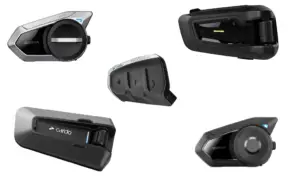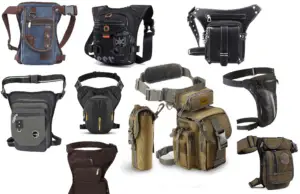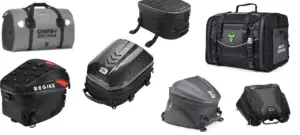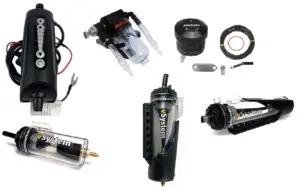The best campsite is usually the one that is on your route and that covers all your basic needs.
With motorcycles – the journey is the destination and I just need a camping that covers my very basic needs. I just need a scenic view, level ground to put my tent on, and a clean toilet in the morning.
Contents
How to Find Campsites
There are three main methods to find camping spots. The first and simplest method is using Google Maps. Another option is to use a camping app on your phone. The third method involves looking out for road signs while traveling.
Each method has its advantages and disadvantages, which we will explore in more detail.
#1 Google Maps
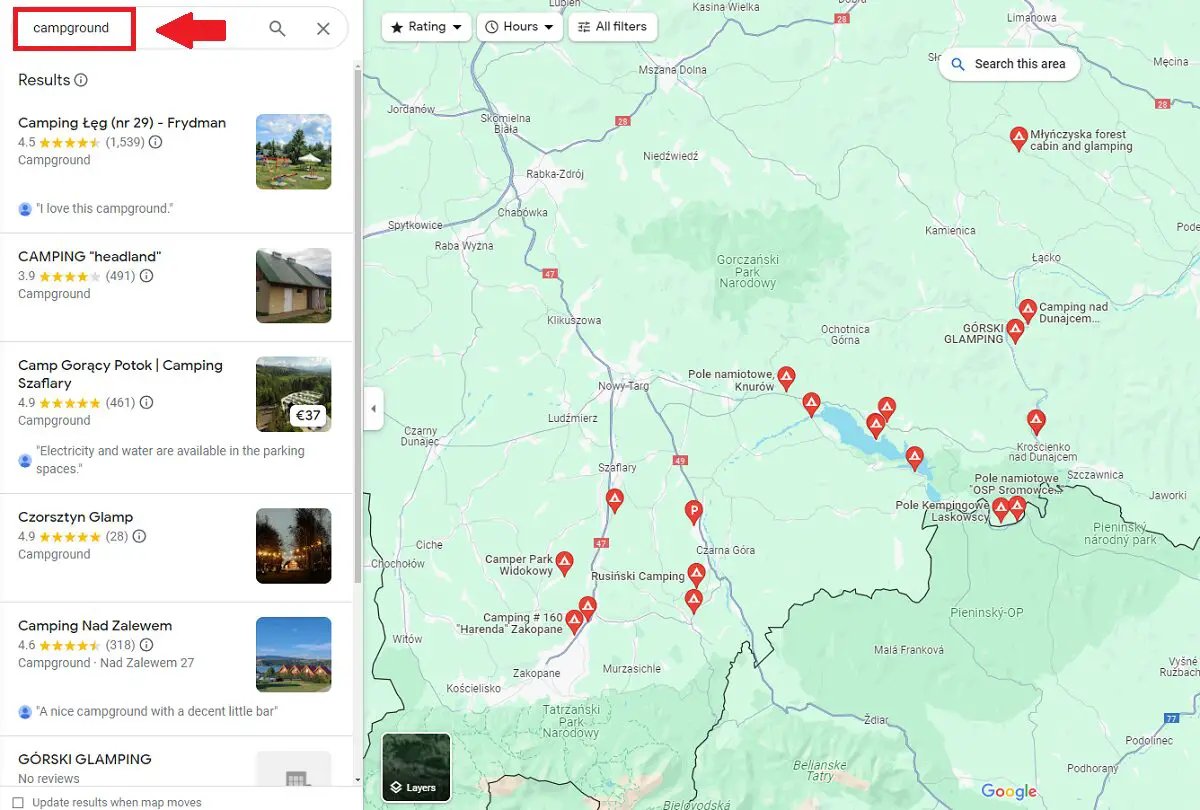
Go to Google Maps and type “Campground” in search. Google Maps will show Campground locations around you within a 100 km radius.
It is better to choose a campsite in a location where there are few more campsites so if the selected one is full or closed – you have a backup option nearby.
Note that sometimes it does not show all campsites in the area unless you zoom in on the map and press search again.
Check areas around lakes. Often there will be several campgrounds and even if your first choice will be closed – you have a few more options nearby.
#2 Use Camping Application
Camping applications are similar to Google Maps and often get information from Google Maps including reviews and descriptions.
The app is usually faster and easier to use since you only need to open the app and press search. The user interface is also more mobile-friendly compared.
You can use the Google Maps application, but I prefer using the dedicated campground app as it has less irrelevant info. I use the “park4night” app.
#3 Pay Attention to Road signs
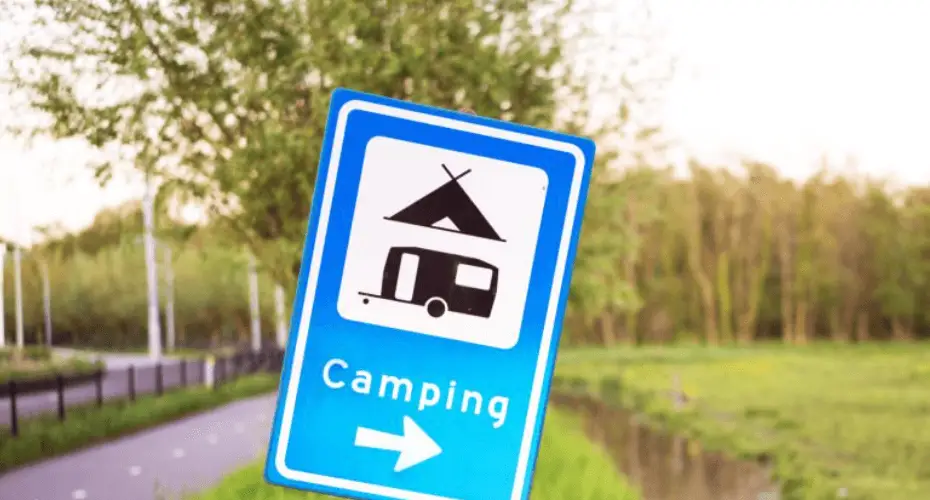
If you’re feeling tired on your trip and can’t make it to where you planned, keep an eye out for signs pointing to campgrounds as you go.
In popular tourist locations or scenic areas, there are usually lots of places to camp. You’ll see signs on the road for these spots. Also, roads that have a lot of traffic tend to have more campsites.
So, if you don’t want to pick a camping place ahead of time, no worries! Just ride until it starts getting dark and then find a campground wherever you are. You’ll usually find one every 10 to 30 kilometers along main roads.
What to consider when selecting a tent spot?
- Flat Ground: Look for a level area to ensure comfort while sleeping. Avoid slopes where you could roll or slide, especially if it rains.
- High Ground: Choose higher ground to avoid areas that could become waterlogged or flooded in case of rain. This also helps in reducing the risk of cold air pools which can make the spot colder at night.
- Shelter from the Wind: Find a spot that’s sheltered from prevailing winds, which can make the area colder and risk damaging your tent. Use natural shelters like trees, rocks, or hills, but ensure you’re not in a spot where falling branches could pose a risk.
- Proximity to Water: Be close enough to a water source for convenience but not so close that you risk flooding or attracting wildlife. A general guideline is to camp at least 200 feet (about 60 meters) away from lakes and streams to protect water sources and minimize impact.
- Sunrise and Sunset: Consider the direction of the sunrise and sunset for personal preference. Some might prefer waking up to the sunrise, while others might prioritize shade in the morning.
- Safety: Avoid areas with obvious hazards such as dead trees (risk of falling branches), insect nests, animal dens, or areas prone to avalanches or rockslides in mountainous areas.
- Privacy and Regulations: Ensure your chosen spot respects the privacy of other campers and adheres to any regulations in the area, such as designated camping zones or permit requirements.
- Ground Cover: Soft ground cover like grass or leaf litter can provide a more comfortable sleeping surface than hard-packed dirt or rock.
